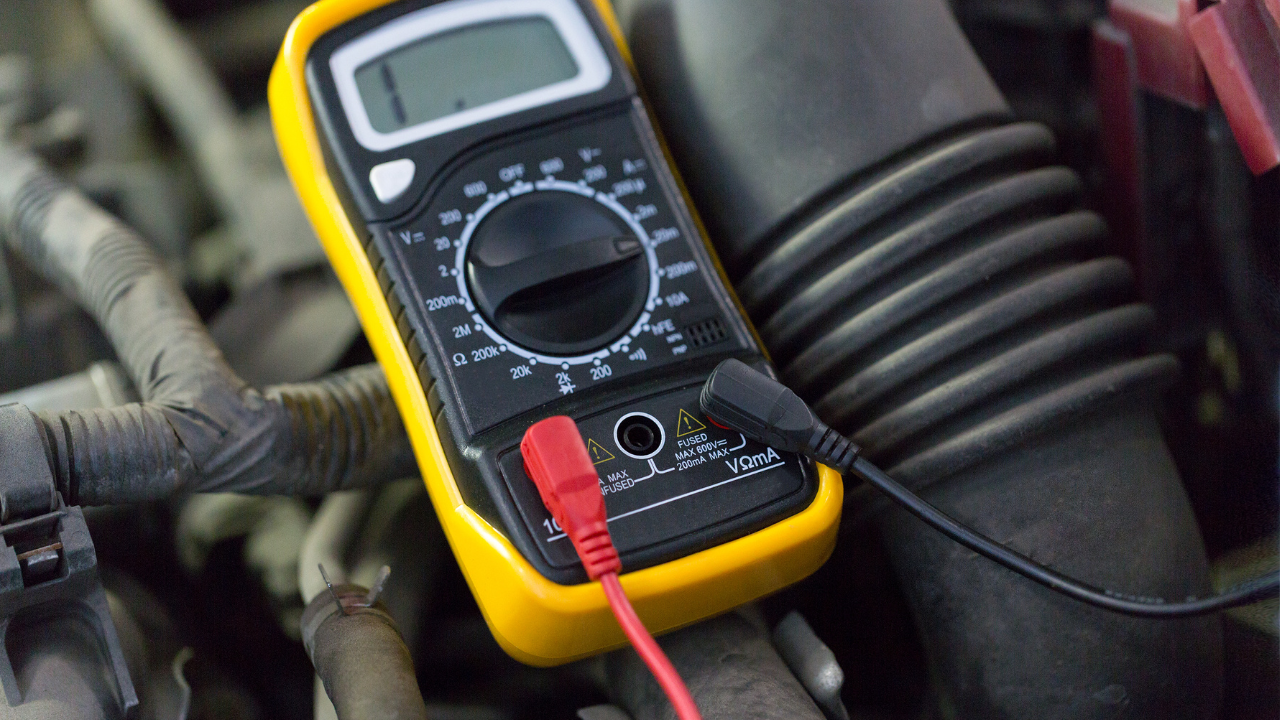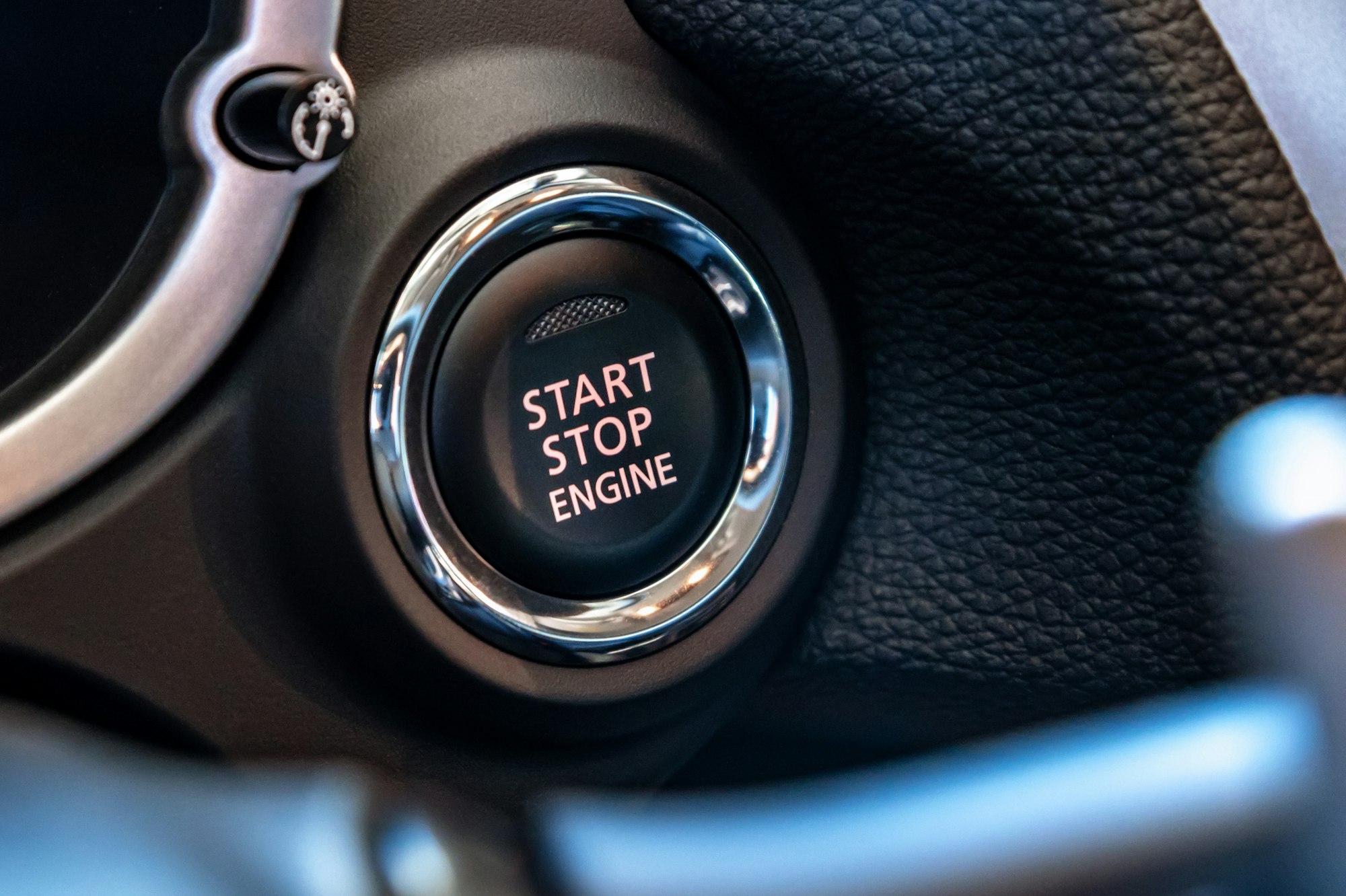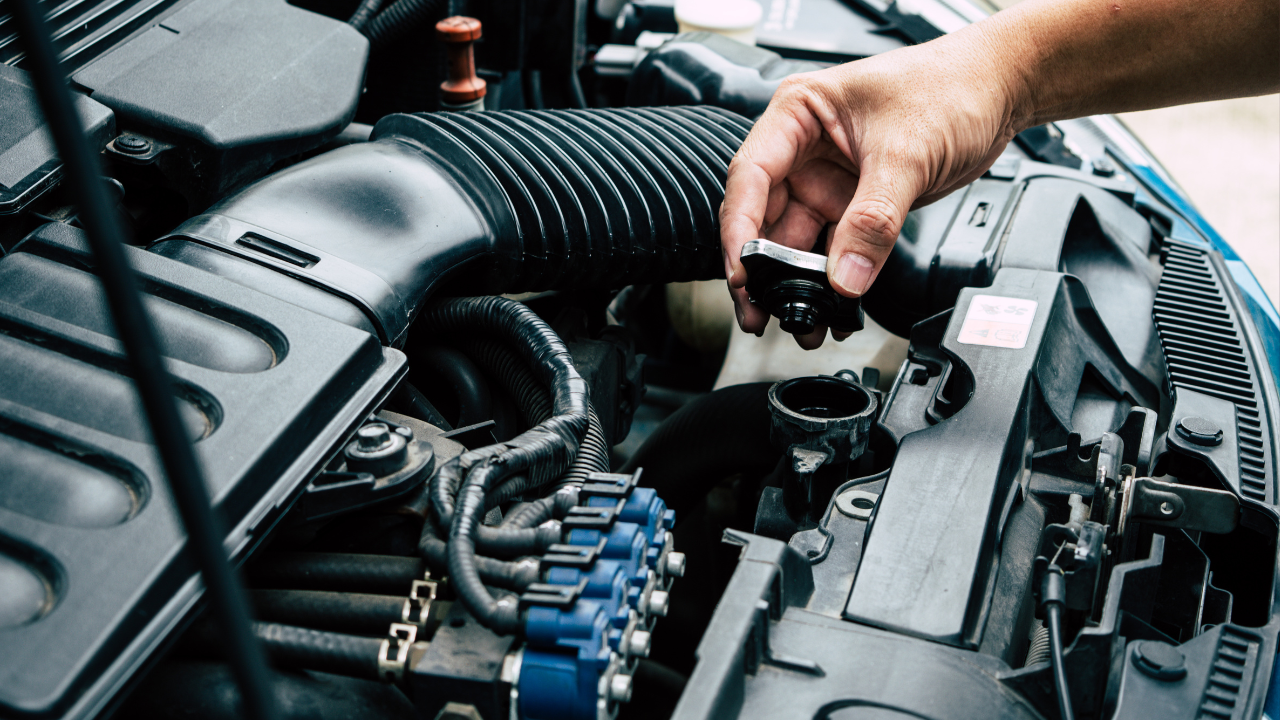If your car auto start stop not working, it could be due to a weak battery, faulty sensors, temperature issues, HVAC demands, or outdated software requiring inspection and maintenance.
In recent years, car manufacturers have integrated innovative features to improve vehicle efficiency and environmental impact. One such feature is the auto start-stop system, designed to save fuel and reduce emissions by automatically shutting off the engine when the car comes to a complete stop, like at a traffic light, and restarting it when the accelerator is pressed. While convenient and eco-friendly, this system can sometimes stop functioning properly, leaving drivers scratching their heads. Experiencing auto-start-stop issues? Don’t stay stuck; reach out to Crossroads helpline for expert assistance!
This guide explores the common causes and fixes for car auto start-stop not working. Whether it’s a battery issue, faulty sensors, or other mechanical or software problems, understanding the root cause can help you resolve it efficiently. Let’s dive into the key reasons and solutions to keep your vehicle running smoothly.
What is an Auto Start-Stop System?

The auto start-stop system is an advanced automotive feature aimed at conserving fuel and minimizing emissions. When engaged, it turns off the engine when the car is stationary, restarting it instantly when movement resumes.
Benefits of the Auto Start-Stop System
- Fuel efficiency: Saves fuel during idle periods.
- Lower emissions: Reduces environmental impact.
- Convenience: Designed for seamless operation without driver intervention.
Despite these benefits, certain conditions can render the system non-operational. Below, we explore the common reasons behind car auto start stop not working and provide actionable fixes.
Common Reasons for Car Auto Start Stop Not Working
1. Weak or Defective Battery

A weak battery is one of the most frequent culprits behind the malfunction of the auto start-stop system. This feature requires a strong and reliable battery to power the engine restart seamlessly.
Signs of a Weak Battery:
- Engine struggles to restart after stopping.
- Dim headlights or interior lights.
- Low voltage readings (below 12.6 volts).
How to Fix It:
- Check battery health using a multimeter. Replace if the voltage is significantly below 12.6 volts.
- Clean battery terminals to ensure proper connectivity.
- Invest in a high-performance battery designed for vehicles with auto start-stop systems.
Regular battery maintenance can prevent most issues related to this critical component.
2. Faulty Sensors

Modern vehicles rely on numerous sensors to ensure optimal performance, and the auto start-stop system is no exception. Sensors monitoring speed, brake position, and engine temperature work in unison to determine when the system should engage.
Symptoms of Faulty Sensors:
- Inconsistent system performance.
- Error codes or warning lights on the dashboard.
- Delayed engine restarts.
Solutions:
- Perform a diagnostic scan to identify sensor-related error codes.
- Replace faulty sensors, such as the brake pedal position sensor or the temperature sensor.
- Ensure all sensors are calibrated correctly.
3. Engine Temperature Conditions

The engine temperature plays a significant role in the functionality of the auto start-stop system. If the engine is too cold or overheated, the system may deactivate to avoid damage.
Possible Causes:
- Low coolant levels.
- Malfunctioning thermostat.
- Clogged radiator or cooling system issues.
Fixes:
- Check and replenish coolant levels.
- Inspect the radiator for clogs or leaks.
- Schedule regular cooling system maintenance, including flushes and inspections.
4. HVAC System Demands
The auto start-stop system prioritizes passenger comfort. When the heating, ventilation, and air conditioning (HVAC) system is under heavy demand, it may override the start-stop feature to prevent cabin discomfort.
Common Indicators:
- The system works intermittently during extreme weather conditions.
- Increased engine idle time with AC or heater on.
Solutions:
- Set the cabin temperature to a moderate level to reduce HVAC strain.
- Inspect for refrigerant leaks or HVAC system malfunctions.
- Replace the cabin air filter for better airflow.
5. Software Glitches or Outdated Firmware
In some cases, software glitches can interfere with the auto start-stop system’s functionality. Vehicle manufacturers periodically release updates to address these issues.
How to Identify:
- Unexplained system malfunctions.
- Recent software update notifications.
Fixes:
- Contact the dealership for a software update.
- Ensure updates are installed by qualified technicians.
- Check for recalls or technical service bulletins related to the auto start-stop system.
Quick Troubleshooting Tips
If you’re experiencing car auto start stop not working, here are some quick steps to diagnose the issue:
- Check battery voltage and connections.
- Inspect error messages on the dashboard.
- Monitor engine temperature and coolant levels.
- Adjust HVAC settings to reduce system strain.
- Schedule a professional diagnostic test.
Comparison Table: Common Causes & Solutions
| Issue | Cause | Solution |
|---|---|---|
| Weak Battery | Low voltage or defective battery | Test voltage, clean terminals, replace battery |
| Faulty Sensors | Malfunctioning sensors | Diagnostic scan, replace faulty sensors |
| Temperature Conditions | Cold or overheated engine | Maintain coolant, repair cooling system |
| HVAC System Demands | High AC or heater use | Moderate settings, inspect HVAC system |
| Software Glitches | Outdated firmware | Install software updates |
FAQs About Car Auto Start Stop Not Working
1. Why does my auto start-stop system deactivate in cold weather?
The system may deactivate to prevent wear and tear on the engine, which requires a warm temperature to function optimally.
2. Can a low battery cause the auto start-stop system to stop working?
Yes, a weak or defective battery is a common reason for this issue. Regular battery checks and maintenance are essential.
3. How do I know if my car’s sensors are faulty?
Warning lights, error codes, or inconsistent system performance often indicate sensor issues. A professional diagnostic test can confirm the problem.
4. Will using the air conditioning always disable the auto start-stop feature?
Not always, but excessive use of the HVAC system can override the feature temporarily to maintain passenger comfort.
5. Do I need professional help to update my vehicle’s software?
Yes, it’s recommended to have a qualified technician install software updates to ensure compatibility and correct installation.
6. Is the auto start-stop feature bad for my engine?
When functioning properly, the system is designed to minimize wear and tear. However, issues like frequent malfunctions should be addressed promptly.
7. Can I manually disable the auto start-stop system?
Yes, most vehicles allow you to deactivate the feature via a button or menu setting. Refer to your vehicle’s manual for instructions.
8. How often should I maintain my vehicle’s cooling system?
Regular maintenance, including coolant flushes and radiator checks, is recommended every 2-3 years or as advised by the manufacturer.
Conclusion
The auto start-stop system is a valuable feature for enhancing fuel efficiency and reducing emissions, but it can face challenges due to battery issues, faulty sensors, temperature conditions, HVAC demands, or software glitches. By understanding the common causes and fixes outlined above, you can keep this feature operating smoothly.
Routine maintenance and timely repairs can save you from unnecessary headaches. If troubleshooting doesn’t resolve the problem, don’t hesitate to seek professional assistance. Remember, keeping your car in top shape ensures that advanced features like the auto start-stop system work as intended.
For expert support, reach out to professionals or trusted helplines to address your concerns effectively. Need a quick fix for your auto-start-stop woes? Crossroads helpline is just a call away!

